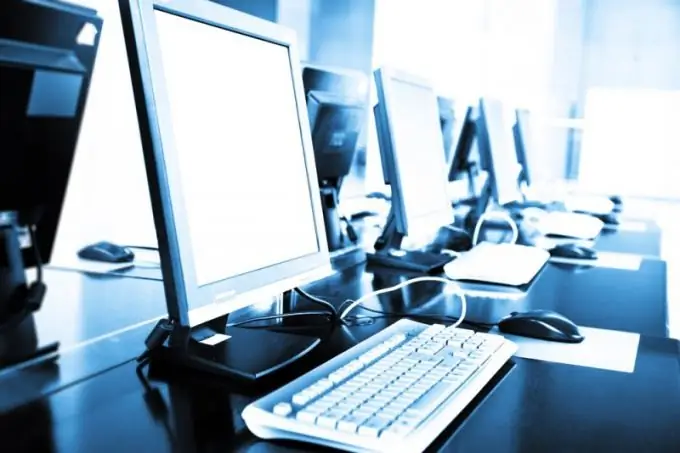Bugs, or system errors, are quite common for operating systems of the Windows family. And if most of them are temporary and do not cause serious inconvenience, then some can negatively affect the performance of the computer.

Instructions
Step 1
To view system errors, open: "Start" - "Control Panel" - "Administrative Tools" - "Event Viewer". You will be able to view the sections: "Application", "Security" and "System", in which all error messages will be recorded.
Step 2
If you receive an Unable to View message when you try to open any of the logs, the Event Log service is most likely disabled on your computer. To start it, open: "Control Panel" - "Administrative Tools" - "Services". Double-click the "Event Log" service, in the window that opens, select the startup type - "Automatic", click the "Apply" button. After that, press the "Start" button that has become active.
Step 3
In the event that a critical crash occurs with a blue screen while Windows is running, write down the error code that appears on the screen. Then reboot the system and see what failure this code indicates. You can find the information you need both on the official Microsoft website and on other resources.
Step 4
How to restore the system in the presence of certain errors? In practice, the most reliable option is to reinstall Windows over an already installed system in the "Update" option. In this case, all installed programs and settings are saved, while the updated system gets rid of a large number of accumulated errors. This reinstallation should not be done too often, but sometimes it becomes the fastest way to restore normal computer operation.
Step 5
In a situation where the failures are not serious, use utilities that restore normal computer operation. For example, the CCleaner program allows you to clean and fix the registry, remove unnecessary programs from startup, clean the system of old unnecessary files.
Step 6
Remember to defragment the disk where the operating system is installed from time to time. A high degree of data defragmentation significantly slows down your computer. To defragment open: "Start" - "All Programs" - "Accessories" - "System Tools" - "Disk Defragmenter".






